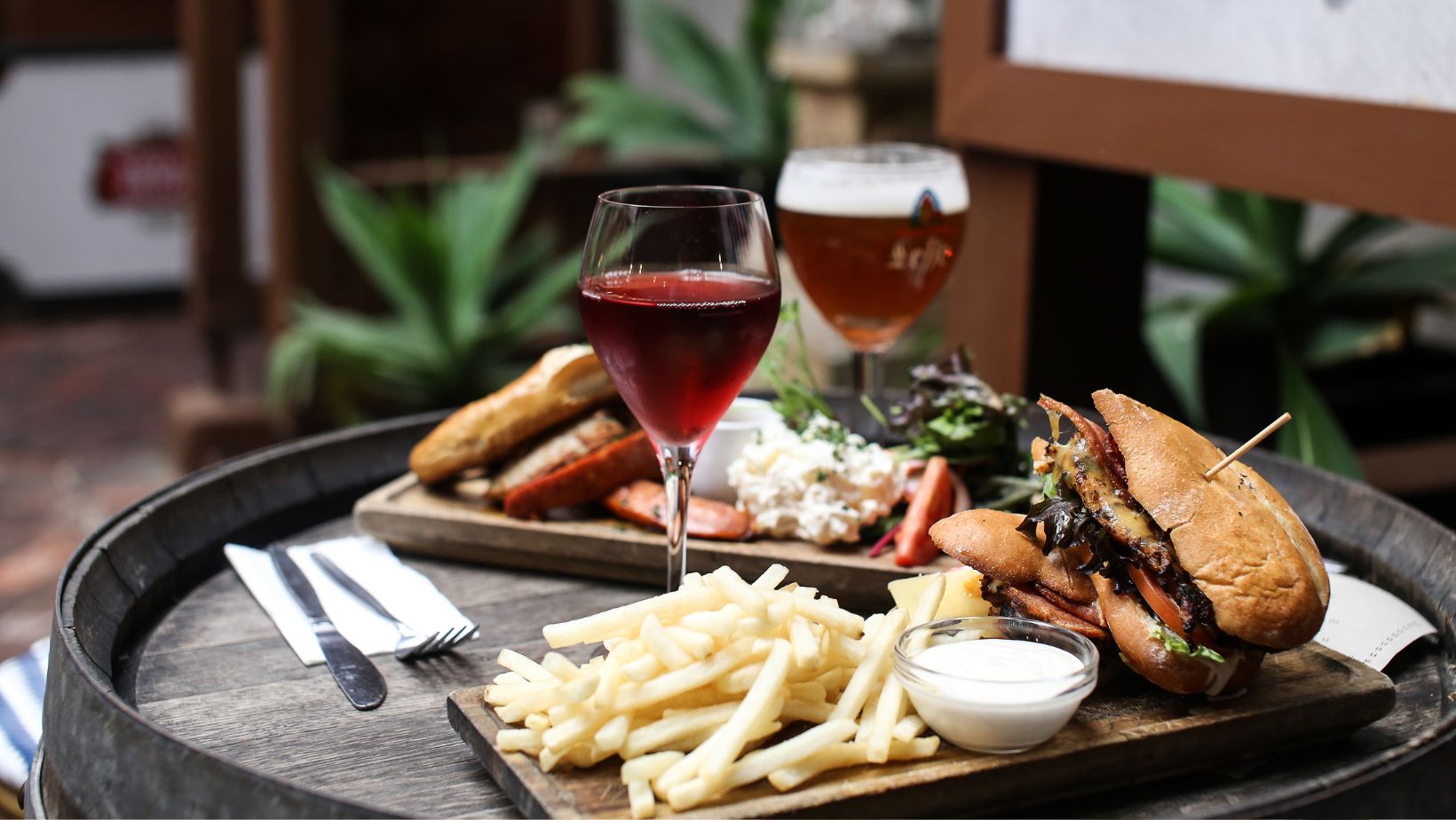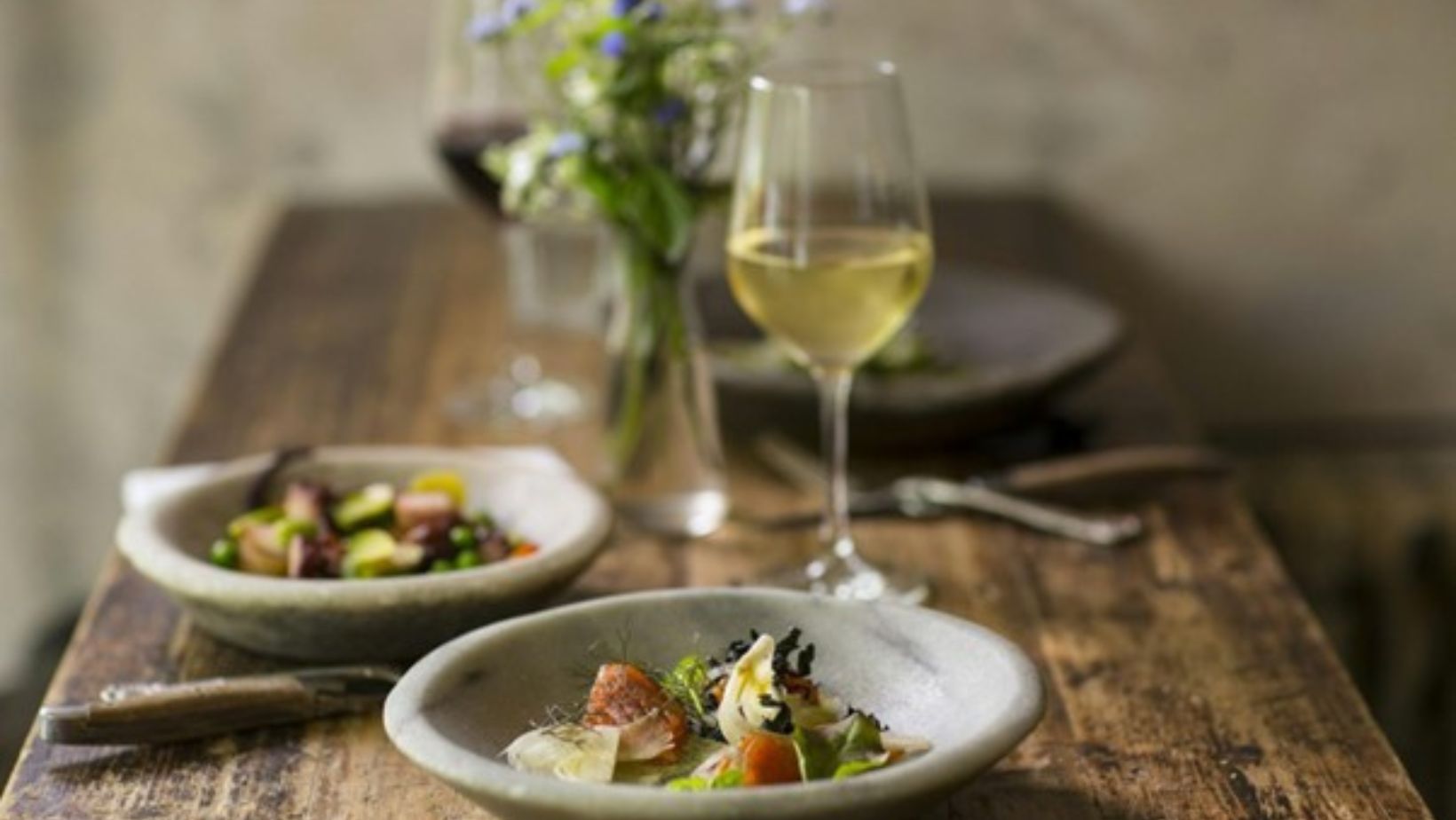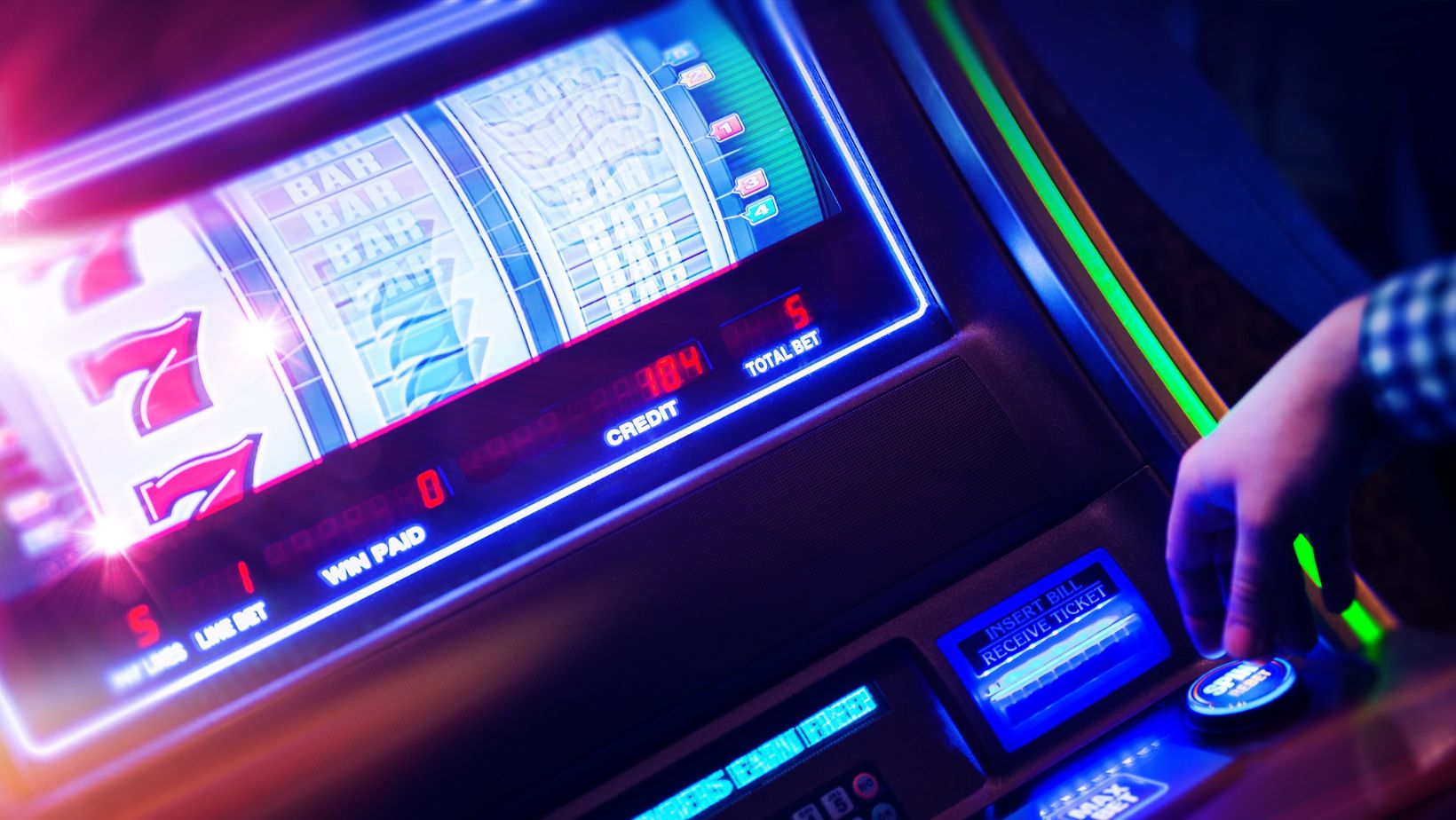Wine has long been considered a perfect companion to food, elevating the dining experience by complementing and enhancing flavors. From subtle pairings that balance the palate to bold choices that make a statement, the right wine can transform an ordinary meal into an extraordinary feast. Whether you’re a connoisseur or new to wine pairing, understanding how wine interacts with food is key to unlocking its full potential.
This guide delves into the science and art of pairing wine with meals, exploring how different wines influence flavors and create a memorable dining experience.
Table of Contents
ToggleWhy Wine and Food Work Together
Pairing wine with food is more than tradition—it’s rooted in science. The interplay between the elements of wine, such as acidity, sweetness, tannins, and alcohol, and the components of food, like fat, salt, and sweetness, creates unique sensory experiences.
For example, the acidity in white wines can cut through the richness of creamy dishes, refreshing the palate with every sip. Similarly, the tannins in red wines balance the fat in meat dishes, enhancing the texture and flavor. Sweet wines often complement desserts or spicy dishes, providing contrast and balance. From Brooklyn Kosher Wine Delivery to local wine shops in your area, accessing a wide selection of wines tailored to different cuisines has never been easier. This accessibility allows food enthusiasts to experiment with pairings and discover how wine can amplify the taste of their meals.
Understanding the structure of both the wine and the dish enables better pairings, ensuring that the flavors harmonize rather than clash.
Enhancing Natural Flavors
One of the most significant ways wine impacts food is by enhancing its natural flavors. A well-paired wine can highlight specific elements of a dish, bringing out hidden nuances and creating a balanced taste experience.

A citrusy Sauvignon Blanc pairs beautifully with seafood, accentuating the fresh, briny flavors while adding a zesty brightness. Likewise, a full-bodied Cabernet Sauvignon complements the savory umami notes in grilled steak, enhancing the depth of the dish.
The choice of wine can also influence how certain ingredients are perceived. Wines with high acidity can make foods taste fresher, while those with a hint of sweetness can mellow out the spiciness of a dish.
Balancing Contrasting Elements
Pairing wine with food doesn’t always mean matching similar flavors. Contrasting elements can create a dynamic balance that elevates the dining experience.
For example, pairing a sweet Riesling with a spicy Thai curry creates a delightful contrast, where the wine’s sweetness tempers the heat of the dish, and the dish’s spice enhances the fruitiness of the wine. Similarly, a salty cheese like Roquefort pairs wonderfully with a dessert wine like Sauternes, as the saltiness and sweetness interplay to create a complex and satisfying taste.
This concept of contrast is particularly effective in cuisines with bold or diverse flavors, allowing the wine to complement without overpowering the dish.
Adding Complexity to Simple Dishes
Wine can elevate even the simplest meals, adding layers of complexity and sophistication. A glass of Chardonnay, with its buttery and oaky notes, can turn a simple roast chicken into a luxurious meal. Similarly, a crisp Prosecco can brighten a light salad, making it more refreshing and enjoyable.

When paired thoughtfully, wine brings out different aspects of a dish, offering new dimensions of flavor with every bite. This ability to transform everyday meals makes wine a versatile and valuable addition to any dining experience.
Creating Memorable Experiences
Food and wine pairings are about more than taste—they create memorable experiences that bring people together. Sharing a bottle of wine that complements a carefully prepared meal enhances the occasion, whether it’s a casual dinner with friends or a formal celebration.
The sensory interaction between wine and food engages the palate in unique ways, creating a sense of harmony and pleasure. Choosing the right wine for a meal shows thoughtfulness and care, contributing to the overall enjoyment of the occasion.
Exploring wine pairings can also be a journey of discovery, allowing you to learn about different wine regions, grape varieties, and production techniques. This exploration deepens your appreciation for both wine and food, enriching your culinary knowledge.
The relationship between wine and food is a timeless partnership that enhances flavors, balances contrasting elements, and elevates dining experiences. Finding the perfect wine for your meals has become more accessible, empowering you to experiment and discover the joys of pairing.
Whether you’re highlighting the natural flavors of a dish, creating balance through contrast, or adding complexity to simple meals, wine plays a pivotal role in transforming how we enjoy food. Thoughtful pairings not only enhance the meal but also create lasting memories, making every dining experience special.





